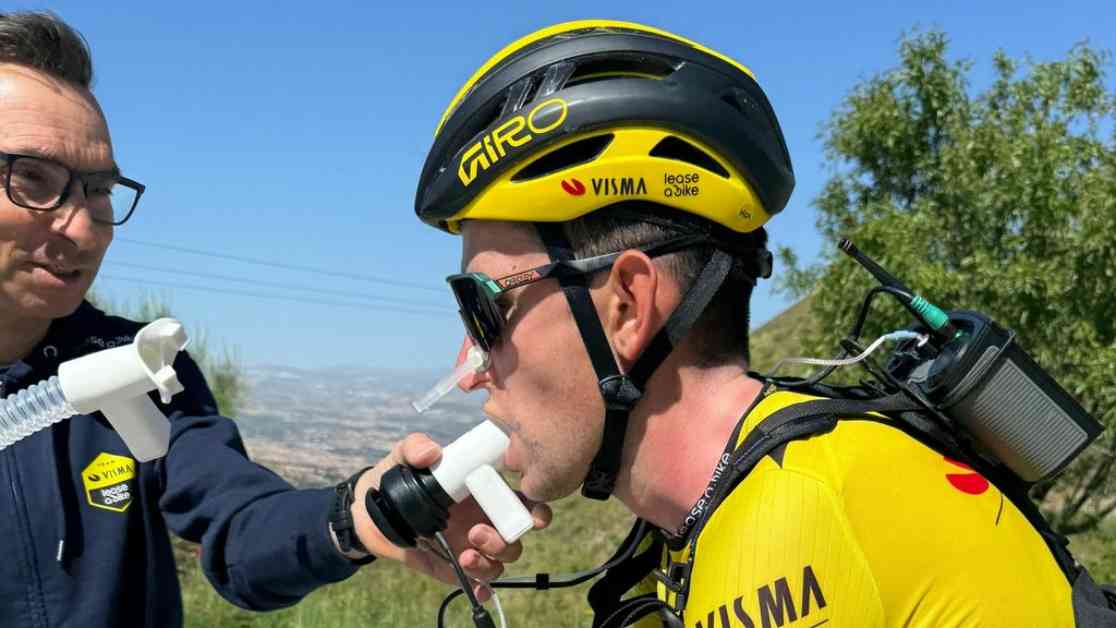In nearly seven months, the Insight lander has been on the road against our red planetgranne. The last bit is the most dangerous. During the seven minutes, the lander to slow itself down through the planet’s thin atmosphere, first with a parachute and then with the twelve bromsraketer.
– It will be very exciting, I’m going to sit at the computer and follow the landing, ” says Håkan Swedhem, head of research at the european space agency (Esa).
in the project, but is the research director of a satellite that the european researchers located in an orbit about Mars two years ago. The satellite had a landers that crashed. A few kilometers above the surface of the planet understood it that it was already on the ground and cut loose his parachute.
“It was not so much fun,” says Håkan Swedhem.
A robotic arm on the Marslandaren to put out probes to find out how the planet looks like on the inside. Illustration: Nasa/JPL-Caltech
the Insight lander has three different measuring instruments that it will place out with a robotic arm. One of them is a sensitive seismograph that records the sound waves that occur on the basis of marsbävningar or meteorite impact. The signals can reveal about the planet like earth has a liquid core, or if it has solidified.
among other things, also find out how hot it is inside the March, how much heat radiates, and how the mantle and the crust looks.
the Previous expeditions have yielded much data about the planet’s atmosphere and surface. The new mars looks instead toward the March internal.
– To explore our nearest planets is also important to understand the conditions that exist on planets around stars other than our own sun, ” says Håkan Swedhem.
It will take until after the end of the year before the Insight lander begins transmitting data about the planet’s interior to the earth. But of course, this requires that the landing will be soft.








